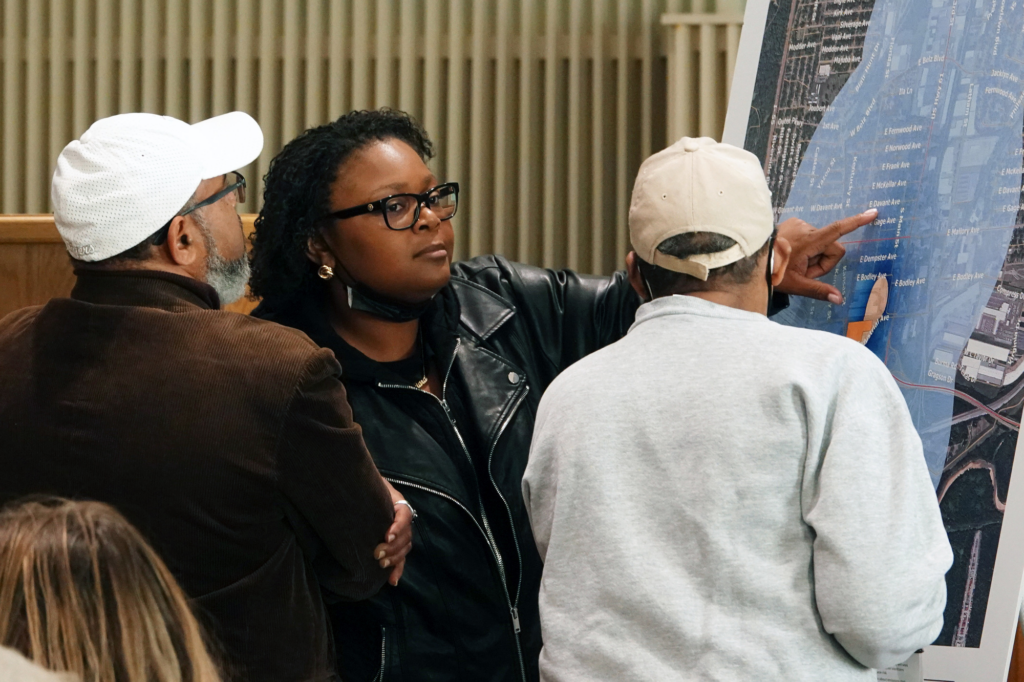
By Leila Waid.
2023 has already brought many climate change-related natural disasters. From the wildfires in Canada that covered the U.S. in particulate pollution, to the record-breaking heat waves gripping many parts of the world, this year has shown how our lives will continue to be impacted. It is important to recognize that the climate change events we are experiencing today are already having a profound impact on our health.
The individuals most impacted by these events are those most vulnerable to death or illness. These include individuals with underlying health issues, such as cardiovascular disease, the elderly, and children under five-years-old. All these groups are at an increased risk of adverse health effects from the extreme heat and air pollution because of their impaired physiology. For example, elderly individuals cannot regulate their body temperature efficiently and face higher risk of heat stress. As for poor air quality associated with wildfire smoke, young children are at high risk because they breathe in more air in proportion to their body. When they breathe in PM 2.5 (particulate matter smaller than 2.5 microns in diameter), it creates greater damage to their organs.
Other vulnerable groups that have been affected by this year’s climate change-related events include those who have higher levels of exposure to the natural elements. This category includes individuals who work in occupational fields that require a lot of time spent outside, such as agricultural and construction workers, and those who are house-insecure or unhoused. If individuals are forced to be outside during days of extreme heat or air pollution, they are going to be much more vulnerable in experiencing health effects.
Deaths associated with heat waves are also difficult to measure and are prone to underreporting because they are often not properly categorized. For example, if someone died of a heart attack but the underlying cause was heat stress, it might not officially be contributed to the heat wave on the death certificate. As a result, it is hard to quantify what the societal and public health impacts of the current heat waves are going to be or how many excess deaths they will cause. Most likely, the official number is going to be a drastic underestimate. The same is true for air pollution. The effects felt from Canada’s wildfires could be severe and chronic but not easily measured.
What can you do to address climate-induced heat stress and air pollution in your neighborhood? At the local level, it’s important to advocate for what your community can do to increase adaptation technicities and strengthen community resilience against climate change. Examples of an adaptation technique could be fighting to create more green infrastructure, shaded areas, and cooling stations in urban areas. At the larger state and federal level, it is important to vote for politicians who make addressing climate change as part of their campaign, messaging, and actual policy work.



